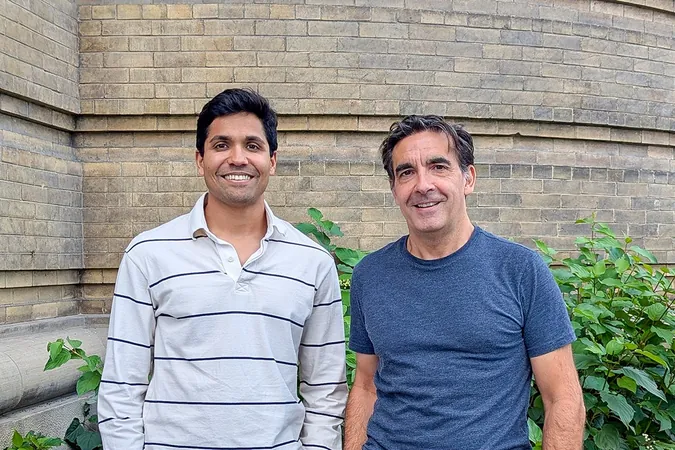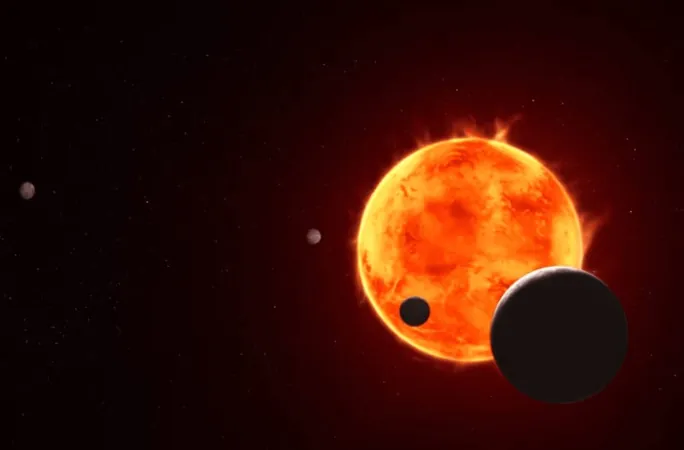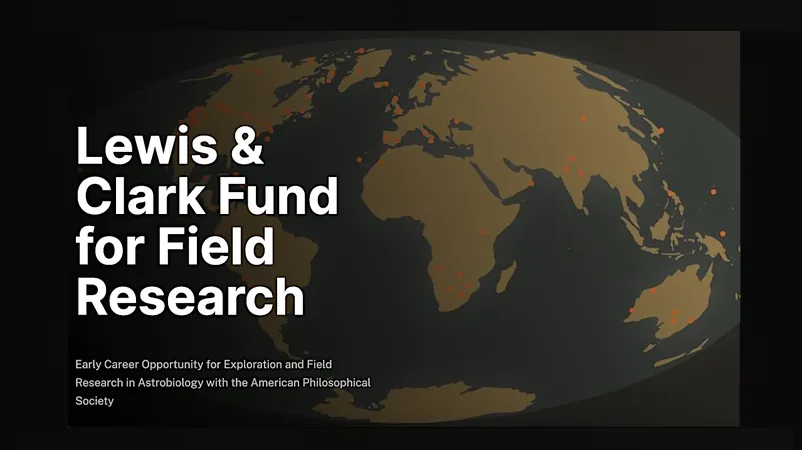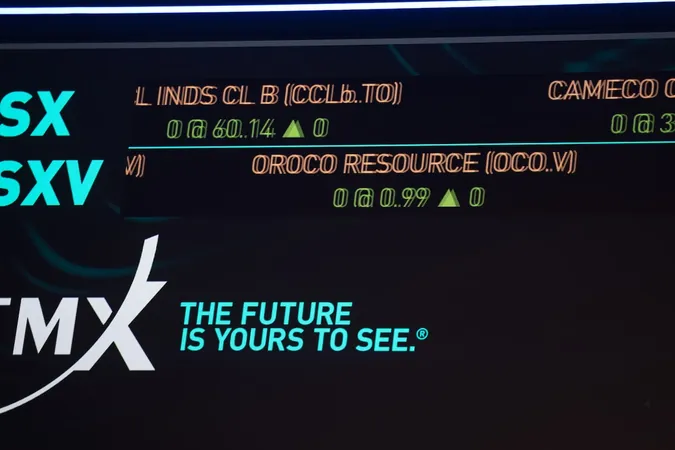
Quantum Leap: New Breakthrough Brings Us Closer to Quantum Computers with Atomic Entanglement
2025-09-19
Author: Olivia
Unlocking the Mysteries of Quantum Entanglement
Quantum entanglement, a term once coined by Albert Einstein as ‘spooky action at a distance,’ is making headlines again, not just for its theoretical intrigue but for its practical application in the realm of quantum computing. Entanglement is the key feature that enables quantum computers to perform tasks far beyond the reach of traditional computers, particularly in simulating complex natural systems such as molecules and pharmaceuticals.
A Revolutionary New Study
In a groundbreaking study recently published in 'Science,' researchers have achieved quantum entanglement between two atomic nuclei placed just 20 nanometers apart. While this distance may seem negligible—less than the width of a few silicon atoms—this achievement marks a significant conceptual leap in utilizing atomic nuclei to store quantum information.
Navigating the Quantum Computing Paradox
The challenge for quantum engineers has always been to strike a balance between protecting their delicate computational elements from external noise while maintaining the ability to perform precise calculations. Currently, various types of hardware jockey for position in the race to be the first fully operational quantum computer, with each type having its advantages and drawbacks.
Connecting Atomic Nuclei: From Soundproof Rooms to Efficient Communication
The research team employed a method that transforms isolated nuclei from mere participants in their own soundproof rooms into well-connected entities. By using electrons, which can ‘travel’ and connect multiple atomic nuclei, the team established a communication channel akin to telephone lines, allowing for quantum entanglement across a distance previously thought impossible.
An Integrated Future: Quantum Entanglement in Silicon
The experiment not only succeeded in entangling nuclei separated by a tiny distance but also opened the possibility for integration within the existing silicon architecture. By connecting long-lived nuclear spin qubits within everyday silicon chips—like those used in our gadgets—quantum computing could shift from science fiction to reality. Furthermore, the researchers intend to expand this entanglement range even further, exploring new shapes and positions for electrons.
The Road Ahead: A Bright Future for Quantum Computers
This new development offers a promising avenue for the future of quantum computing, enabling devices that harness the power of well-shielded nuclear spins for more reliable and efficient computations. As engineers continue to bridge the gap between theoretical physics and practical technology, the dream of functional quantum computers is edging ever closer to reality.









 Brasil (PT)
Brasil (PT)
 Canada (EN)
Canada (EN)
 Chile (ES)
Chile (ES)
 Česko (CS)
Česko (CS)
 대한민국 (KO)
대한민국 (KO)
 España (ES)
España (ES)
 France (FR)
France (FR)
 Hong Kong (EN)
Hong Kong (EN)
 Italia (IT)
Italia (IT)
 日本 (JA)
日本 (JA)
 Magyarország (HU)
Magyarország (HU)
 Norge (NO)
Norge (NO)
 Polska (PL)
Polska (PL)
 Schweiz (DE)
Schweiz (DE)
 Singapore (EN)
Singapore (EN)
 Sverige (SV)
Sverige (SV)
 Suomi (FI)
Suomi (FI)
 Türkiye (TR)
Türkiye (TR)
 الإمارات العربية المتحدة (AR)
الإمارات العربية المتحدة (AR)